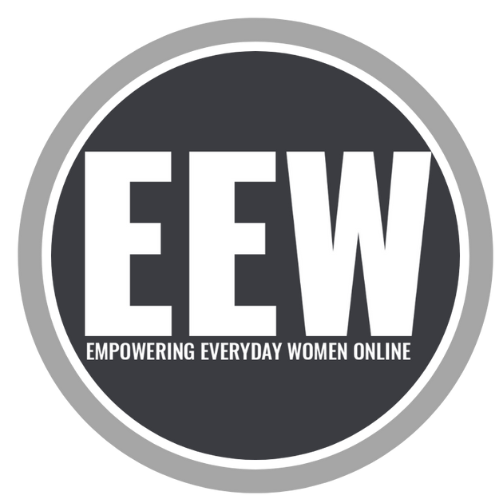Generational Patterns: All you need to know + 5 keys to breaking cycles
By Robin Stevens Payes // Op-Ed // EEW Magazine Online
As the war in Ukraine broke out last February, I suddenly felt the energetic pull of family history. My Ukrainian-Jewish grandparents had escaped murderous pogroms against Jews to come to a land where they could live freely.
But they carried with them the trauma of growing up poor, persecuted and under constant threat of oppression. Looking closely at my grandparents’ story, I could see the ways that their fear had been passed down to my mother. While they never discussed stories of the “old country” or the dangers they escaped, my mother had learned this survival lesson: success meant fitting in.
I began seeing the ways in which I had inherited it, too. I grew up walking on eggshells, worried that my mother might sulk if I didn’t live up to her expectations. When my brother chose his own path, my mother renounced him. Meanwhile, I shaped my life to be the child who would make her proud.
In grappling with my own multi-generational trauma, I began asking myself, how do we examine these negative patterns and break them?
Change starts in the genes
With epigenetics, researchers can now determine how changes in DNA are passed down after traumatic events—meaning trauma can start long before conception or birth. If the mother-baby bond is broken and a mother is unable to care for her child, the ability of young children to attach securely to a caretaker suffers. It might lead to a lifetime of insecure relationships affecting emotional development. Chronic stress in-utero can also result in impaired physical health. Even cultural and social conditioning in infants and children can cause epigenetic changes similar to the traumatic effects of violence and scarcity.
There is some good news: with awareness and intention, these impacts can be reversed. Nurturing positive emotional qualities such as love, gratitude, and empathy can offer an antidote. There are therapeutic techniques that can help an individual work through generational trauma. This means that, literally, changing your story can change your life.
Being aware of the problem is among the first steps to healing; to change your story, you must first know your story.
Re-storying: Healing the past to get to a healthier future
As we see trauma and violence playing out on a global scale and the damaging patterns of generational conflict, these same stories are reflected in popular culture. Social media is abuzz with #generationaltrauma stories. Tracing the family tree through Ancestry, or oral history programs like Story Corps, give us new ways to find and share family stories.
These are great tools to raise awareness. Family stories help us learn about where we come from, how we see ourselves in the world, and how these views may not serve us in healthy ways. They also offer an opportunity: family, friends and members of our communities may share insights and information—and perspectives—that we haven’t considered.
Checking in with others can give us new insights on old stories. Storytelling, or what I’ll call “re-storying”, can be a creative way to challenge how generational trauma affects us—or offers an opportunity to see things in a new light—a step towards healing.
It's up to each of us to take that first step. A growing acceptance to speak out about generational trauma—on screen, in families and in community—can lead to new conversations about the ways that history impacts us today. Once we understand how the past shows up in our lives, we must change our stories to undo the patterns we’ve learned.
Five keys to breaking the pattern:
#1 Change your own story. How has your own story been impacted by the traumas of your family’s past? Identify the patterns that show up in your life.
#2 Broaden your perspective. Once you see how you’ve been conditioned to act or respond based on your family history, you might ask yourself: is this behavior working for me in the present? Is that story still true for me today?
#3 Reflect on their stories. If you have living parents and grandparents, talk to them about their childhood. Poverty, war, abuse and addiction may have made their lives unsafe. What factors impacted them?
Conversely, if there’s no one in the family you can talk to, dig into history. Are there family albums to look at? Oral histories from community members? Public records that could help you understand the culture of the time and place they grew up in?
#4 Embody empathy. Don’t blame them. Consider how you would have acted in their situations and how their woundedness might have contributed to their actions.
#5 Speak your truth with kindness. If you choose to share what you’re learning as a new story with others in the family, do it in a way that doesn’t villainize or shame. Recognize everyone was doing the best they could with the information they had at the time.
Armed with information, insights and understanding, you may be the one to break the family cycle and begin a new story of healing—leaving not pain, but love in its wake.
About the author
Robin Stevens Payes is the author of four novels for middle grade to YA readers. She offers workshops on storytelling and is in the process of launching a company that focuses on relationship solutions for mothers and their teen daughters. She was founding editor-in-chief of LearnNow, an online publication on the science of learning, and has written for The American Leader, Discovery Education, the National Girls Collaborative Project, and the National Institute on Drug Abuse. She lives around the DC beltway in Maryland.






